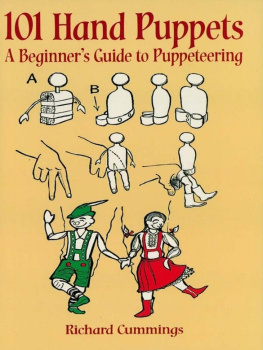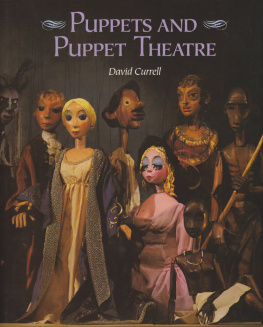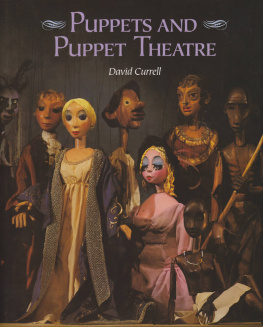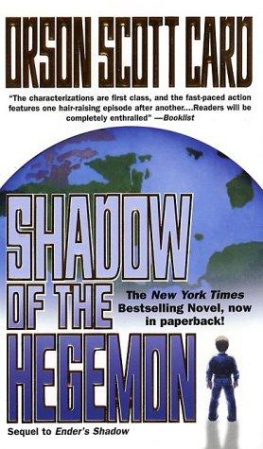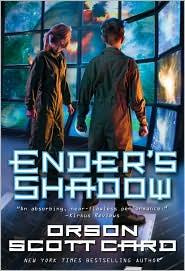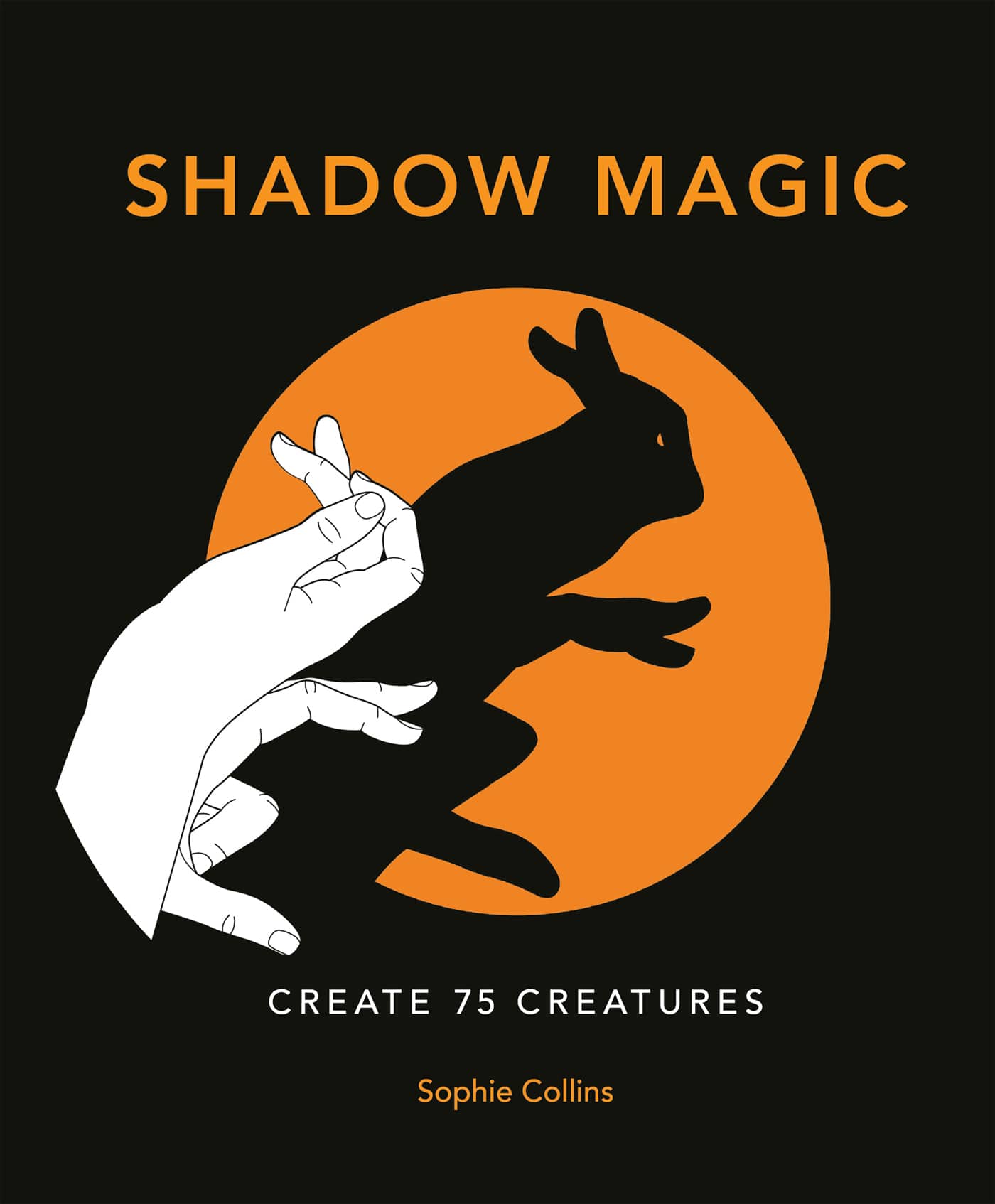M aking shadow animals is a great pastime. With just a small amount of flexibility, a flashlight (or a couple of light sources, if you want to get more elaborate), and at least one pair of hands, you can create a farmyard full of animals. First made popular a century and a half ago, before radio, television, the internt, or video games, hand shadows appeared in many manuals of polite entertainment. One childrens encyclopedia published in 1901 claims that any clever boy or girl should be able to put on a shadow show of half an hour or so for their friends and relations, and makes suggestions for several playlets, from Punch and Judy to the Babes in the Wood.
Making shadows a hundred years ago: the surroundings look solemn and the shadow-caster is formally cladbut the wolf on the screen is just the same as the one you will find in this menagerie.
Of course you might not want to go so far, but even in its simplest form theres something compulsive about shadow-castingfirst, using just a flashlight, you might try an easy horse or dog shape, then, encouraged by the surprisingly lifelike results, progress to a leaping squirrel or a hopping rabbit. Youll find that you become competitive with family and friends Thats your pig? Wait till you see my turkey!, and soon youll be making the sounds that go along with the animals. Shadow art is a great diversion for little kids around bedtime, and a way of luring older ones away from their constant console-tapping; they just wont be able to resist demonstrating how they can get a better result than you.
This book contains all you need to become an impressive shadow artist. First comes advice and guidance on how to create and show your shadows. Then you will find seventy-five animal shapes, graded by difficulty. When youve got through all the single-hand ones, move on to the two-hand shadows and, when you have all those mastered, flex your fingers, flap your wrists, and have a shot at the rhinoceros, the peacock, or the mole. This is inclusive entertainmenteven the smallest fingers, at one end of the family, or the most arthritic ones, at the other, can master the basic swallow, or make a snapping crocodile, and most people will enjoy the challenge of the hardest animals, right at the end of the book.
How to Show Your Shadows
T he most basic form of shadow-casting calls for just a darkened room, a flashlight or other light source (although it must be local, and not too diffusean angled worklamp is ideal), and a pale wall or other surface, such as a blind, on which to cast your shadows. Most shadow-casters will also want an audiencealthough theres some personal satisfaction in getting the perfect outline and movement of an elephants trunk or a gobbling turkey, it will be all the greater if theres someone else there with you to gasp at your achievement, or with whom you can take turns.
Starter method
Start off with a worklamp or a flashlight propped securely with books or on a cushion. It can be placed at any height that it will be comfortable to move your hands in front of. It should cast a clear circle of light onto the wallaround two feet in diameter. This will give you enough space to make the animal shape with a clear margin around it. The shadow cast should be clear-edged and dark. Experiment by holding your hand between the light source and the wall until you find the distance at which your shadow animals will show clearly. You will get the most impressive results by forming your animal first, out of the light, and then moving it, fully formed, into the light.
Performance method
When youve reached the point at which your repertoire is worth boasting about, you can try a slightly more elaborate setup. Your rapt audience sits on a high-backed couch facing the screen. You kneel behind the couch, with as many accomplices as you need, ready to hold up your hands in animal form behind the couch back (the line of the back is the base of your stage). Your primary light source (a lamp or a flashlight) illuminates your hands from behind, so that their shadows are cast on to the wall. If you want two layers of shadow, then you could create scenery by cutting out background shapes from pieces of card. You can place your background on a table or other flat surface and put a second light source (a table lamp, for example) behind it, as shown in the diagram. Your animals will appear in darker shadow, with the paler outline of the prop scene behind them.
Hand and Finger Exercises
W hile anyone can make the easiest shadow animals, if you want to manage the whole menagerie youll need to exercise your hands and fingers. Keen video game enthusiasts may find that they have an advantage here, and that their fingers are already very flexible. If your hands are stiff, however, run them through a quick calisthenics class before you start making shapes. A couple of minutes spent stretching and flexing will make even stiff hands much more agile. You will find that you have a leading hand, and may find it easier to use this to make the harder parts of the animalsremember, you can always reverse the animal positions and the directions in which they move if you find it easier to create a shape the other way around.
Start by clenching both hands and then extending the fingers and stretching each finger, one by one, to its fullest extent.
Hold your little and your ring finger, and your middle and forefinger together in two pairs, and create a V-shaped gap between them, without allowing gaps to appear between the paired fingers.



